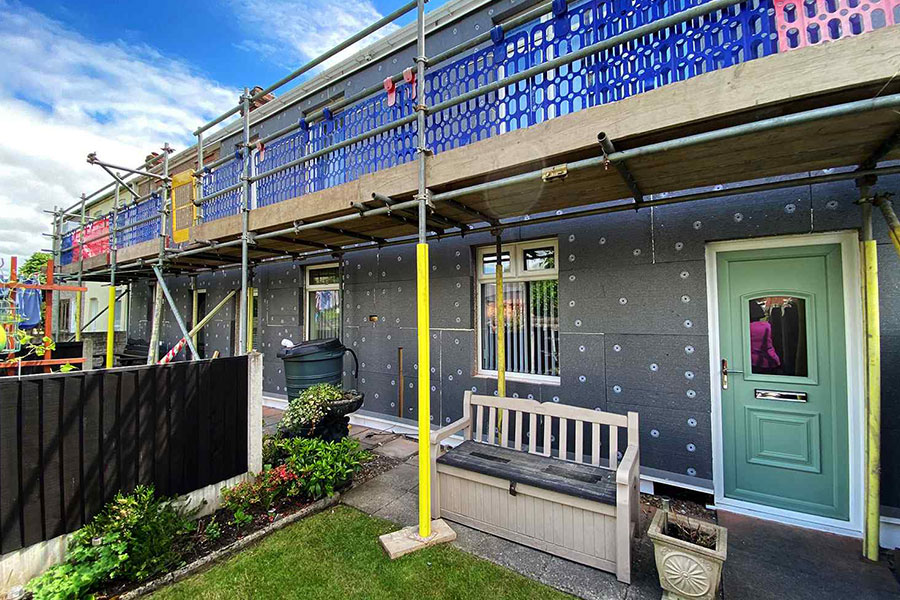The National Insulation Association (NIA) represents over 90% of the insulation industry in the UK and has put together ten facts that will help inform homeowners
about Cavity Wall Insulation (CWI).
1. The NIA highlights that around a third of a home’s heat can be lost through un-insulated cavity walls. A hassle-free way to save energy and prevent money disappearing into thin air is to stop this heat escaping with Cavity Wall Insulation (CWI).
2. CWI pays for itself in around 2 years and will typically save around £115 a year on householder’s fuel bills year on year!
3. CWI can reduce a home’s carbon footprint saving around 610kg of CO2 a year. If every UK household suitable for CWI installed it, a saving of 4 million tons of CO2 every year could be made.
4. An independent 25-year guarantee will be provided by the Cavity Insulation Guarantee Agency (CIGA) when CWI is installed.
5. Homeowners can also be safe in the knowledge that an NIA installer will have signed up to a strict Code of Professional Practice.
6. CWI can be installed in half a day and isn’t disruptive or damaging to a house. It is installed by drilling a series of small holes no bigger than a ten pence piece in the
mortar between the bricks of a house, before blowing insulation through the holes until the gap or ‘cavity’ between the external and internal wall is completely filled. The hole will then be filled.
7. The cost of having CWI has never been lower, as there is a range of grants and subsidies available and in some cases, it could even be free!
8. Tax allowances of up to £1,500 are available until 2015 for Landlords through the Landlords Energy Saving Allowance. This allowance can be used on each of the properties a landlord owns, enabling landlords to claim the costs for cavity wall insulation and other insulation solutions.
9. The best way to find out if a house is suitable for CWI is to contact an NIA installer member for a free survey and quotation. Homeowners can find the nearest installer by using the postcode locator search on the NIA’s home page.
10. If a home was built in the last ten years, it is likely that the cavity is already insulated.However, homeowners should visit the NIA’s website www.nationalinsulationassociation.org.uk for other insulation solutions that could make their properties, even more, energy efficient.

